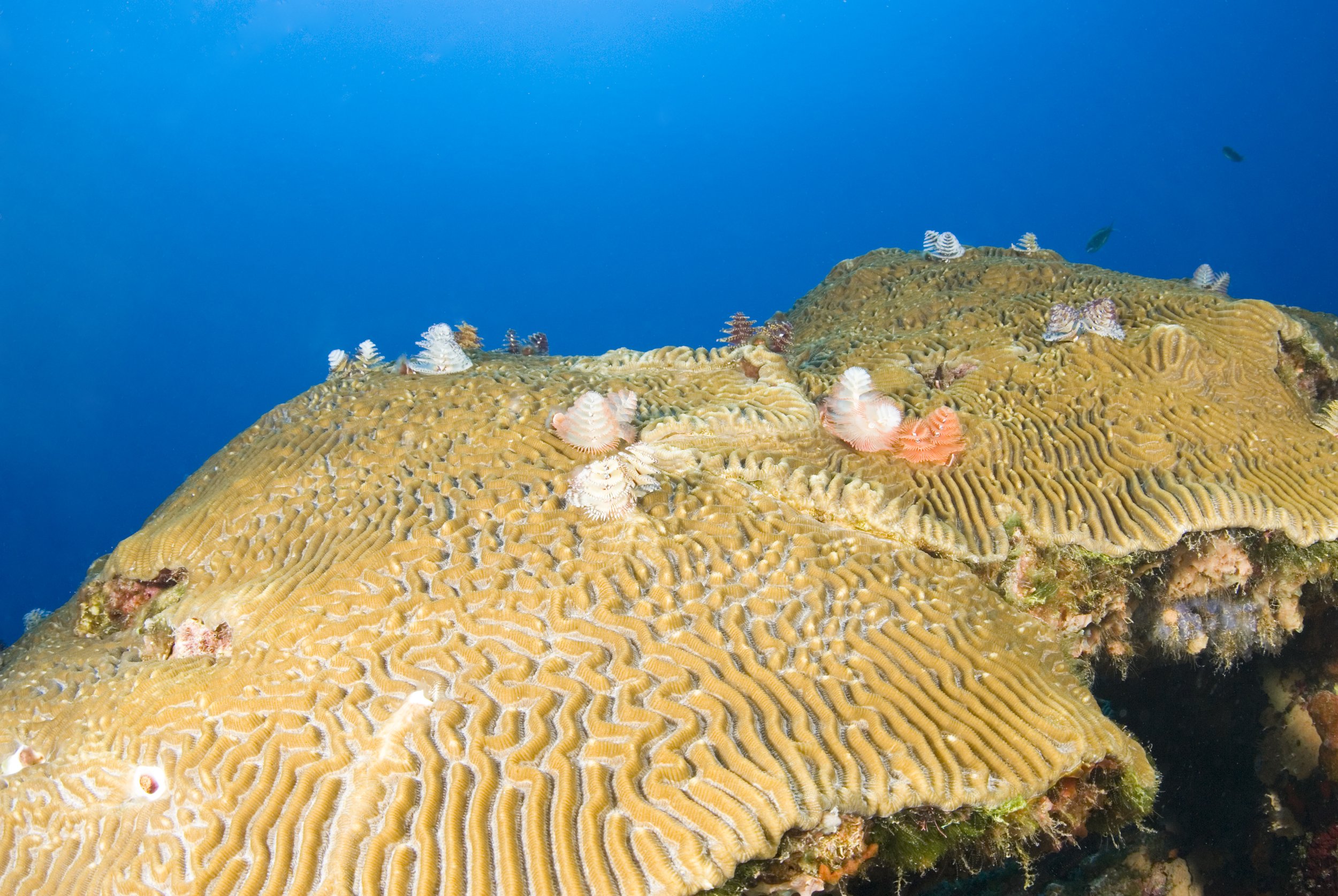Florida’s Coral Reef
The South Florida Ecosystem includes more than the land and water upon the mainland peninsula. It includes the bays, estuaries, islands, and coral reefs within the 18,000-square-mile region of interconnected, diverse habitats of south Florida. In September 2022, the South Florida Ecosystem Restoration Task Force (Task Force) formed the Florida’s Coral Reef Coordination Team (FCRCT) to coordinate management and restoration-related activities to conserve and restore Florida’s Coral Reef (FCR) and associated resources.
This page contains work products of the FCRCT as well as links to coral reef restoration and protection programs. For FCRCT meeting information, please see the FCRCT webpage. More information on FCR restoration efforts can be found in the Task Force’s Biennial Report.
UNIFIED MONITORING FRAMEWORK FOR FLORIDA’S CORAL REEF
The Task Force’s Florida’s Coral Reef Coordination Team (FCRCT) developed a unified monitoring framework to help structure data collection efforts, identify any needs or gaps, and improve understanding of linkages between offshore monitoring and onshore Everglades restoration activities.
The document was developed collaboratively by FCRCT member agencies and reflects a comprehensive and iterative approach to monitoring built around 10 coordinated actions. It was adopted by the Task Force in November 2023.
Estuary and Coral Reef Protection
Restoration of the South Florida Ecosystem includes the conservation and management of the region’s estuaries and marine habitats, including coral reefs. The following agencies and entities are pursuing restoration of these ecologically and economically vital natural resources.
Biscayne Bay Habitat Focus Area
Florida Fish and Wildlife Conservation Commission
Florida Keys National Marine Sanctuary
Southeast Florida Coral Reef Initiative
Florida Department of Environmental Protection - Aquatic Preserves
Biscayne Bay Aquatic Preserves
Lignumvitae Key Aquatic Preserve


